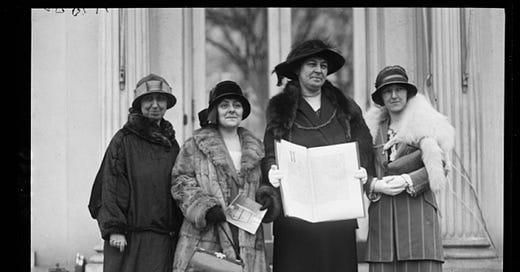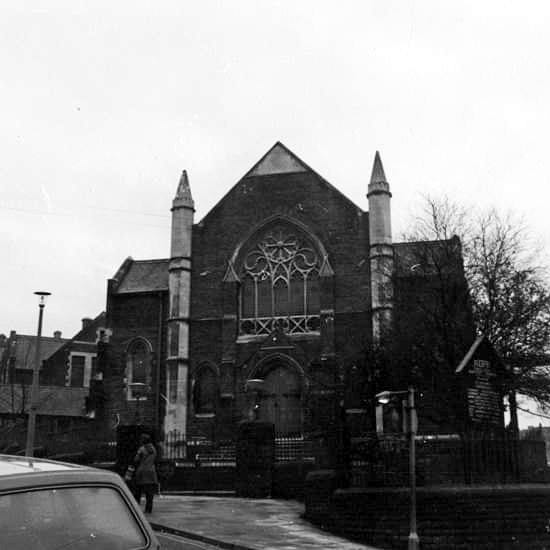Bridgend & The Welsh Women’s Peace Petition.
"These women had lived through the horrors of the First World War and had lost loved ones. They signed the petition in the hopes that it would never happen again."
Following the First World War, those searching for peace looked toward the League of Nations. The League of Nations was an international organisation founded during the 1920 Paris Peace Conference.
This led to the formation of the ‘Welsh League of Nations Union’. Following the formation of the Welsh League of Nations Union, many local branches were formed. One of these branches was the ‘Bridgend Council League of Nations.’
One of the Welsh League of Nations Union campaigns was the ‘Welsh Women’s Peace Petition’. In 1923, a committee of 20 women decided on the text and sent a form to every area in Wales asking women to sign a petition for peace.
“It appealed to the women of America to use their influence to encourage the United States to join the Council of the League of Nations, as they had always refused to do so.”
Requirements for signing the petition were simple: Women had to be 18 or over and reside in Wales. While transcribing the Bridgend petitions, I discovered that women who were unable to write instead signed the petition with their marks. This shows that the petition did not discriminate and all social classes were able to give their support to the cause of peace.
The Glamorgan Gazette reported: “The League of Nations aim was to make future wars impossible.”
At the time of the Welsh Women’s Peace Petition, the Bridgend Council League of Nations Branch was overseen by Captain Rev Watcyn Williams, the pastor of the Congregational Church. Rev Watcyn was heavily invested in the cause for peace as he was a veteran of the First World War.
Meetings in Bridgend were spearheaded by the nonconformist movement and held at Hope Baptist Chapel and the Congregational Chapel. The Bridgend Council League of Nations was involved in the annual ‘Daffodil Days’ to promote the Welsh League of Nations mission for peace and engage with the public.
As a result of the Bridgend Council League of Nations Branch campaigning, 446 women residing in Bridgend Town signed the Welsh Women’s Peace Petition.
Many prominent female members of the Bridgend community signed the petition including:
Mrs Stuchbery, Mrs Wallington, Mrs Woodward, the Lloyd’s of Elder House, The House Mothers of Bridgend Cottage Homes, the Matron of Bridgend Workhouse, teachers of Bridgend County School, Oldcastle School and Penybont School.
In Bridgend, the highest number of signatures collected on a single petition was 87 - those were the signatures of the female congregation of Hope Baptist Chapel. The second highest was the petition signed by 83 nurses of The Glamorgan County Lunatic Asylum.
In less than a year 390,296 women equating to 60% of the female population of Wales and Monmouthshire had signed the petition. These women had lived through the horrors of the First World War and had lost loved ones. They signed the petition in the hopes that it would never happen again.
I discovered four of my great-great-grandmothers, and two of my great-great-great-grandmothers signed the Welsh Women’s Peace Petition.
One of those was my great-great-grandmother Bessie, whose husband died at the Battle of Mametz Wood in 1916. She was left a widow with a young child when he died. Bessie was one of the thousands of women whose motivation for peace would have been fuelled by grief and loss.
In February 1924 in New York, a group of Welsh women presented their signatures at the first meeting of the National Committee on the Cause and Cure of War. This committee brought together people from 54 organisations representing millions of women in America who had pledged to work together for peace.
In 2023, 100 years after the Petition was presented in America, it was returned to the people of Wales. Until its return to Wales, the Petition was kept at the National Museum of American History.
The Welsh Women’s Peace Petition is now on display at St Fagans National Museum of Wales until the 15th of September 2024.
Further reading: Petitioning for Peace - Peoples Collection Wales - Welsh Centre for International Affairs - National Library of Wales








